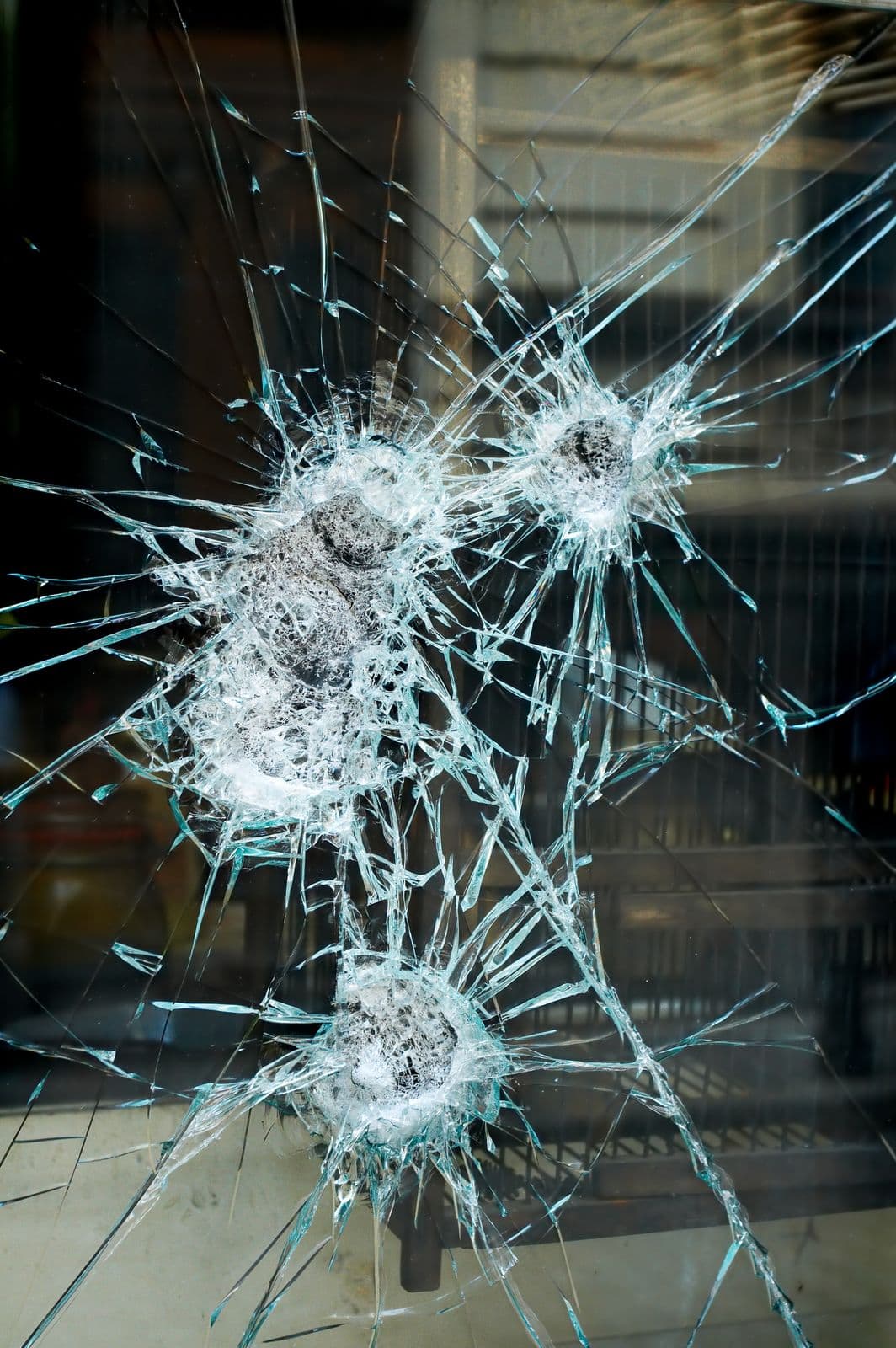The Importance of Ballistic Ratings in Modern Physical Security
18 August, 2023
While the UK has strict gun laws, incidents of crime involving firearms are on the rise. Many businesses, community centres, and government buildings are considering adding a layer of ballistic protection to their buildings as a result. While the word “bulletproofing” is commonly used, it’s an exaggerated term.
There are different levels of ballistic protection. When a product or material is deemed bullet-resistant, it indicates that it’s been tested to offer a degree of protection against bullets and projectiles and mitigate/resist the impact. It won’t necessarily provide full protection against all types of ammunition, for example.
To better understand the level of protection offered, examine the ballistic classification assigned according to set ballistic standards.
Ballistic standards provide a scientifically validated framework for testing and classifying the resistance of materials, structures, and barriers against ballistic threats, such as bullets and projectiles.
Why Do Ballistic Ratings Matter?
Ballistic ratings and standards play a vital role in specifying the appropriate level of ballistic protection required for safe room designs and other security applications. Each standard provides valuable information about the materials’ ability to resist various calibres and types of ammunition. Understanding and adhering to these standards ensures that security measures are effective and reliable in safeguarding against small arms threats.
In high-risk environments such as government buildings, financial institutions, law enforcement facilities, or retail stores, the threat of armed attacks is a genuine concern. Ballistic-rated materials can significantly reduce the risk of injury and damage during such incidents, offering occupants more time to seek shelter or escape and allowing law enforcement personnel to respond effectively to the threat.
Incorporating materials that adhere to recognized ballistic standards ensures consistency and reliability in security solutions. These standards have been thoroughly tested and validated by experts, making them a benchmark for assessing the performance of various products. Relying on such standards helps avoid the ambiguity of individual company claims and ensures that security measures meet industry-accepted criteria.
Ballistic ratings help in optimising the use of resources and finances. By precisely understanding the level of protection required, security managers can avoid overinvesting in unnecessarily high-rated solutions while still addressing the specific threats they face. This cost-effectiveness ensures that security measures are both robust and practical, catering to the specific needs of each facility.
What Are the Ratings To Look For?
The European Standard EN 1522 and EN 1063, created by the European Committee for Standardization, play a crucial role in establishing internationally recognized ballistic resistance standards.
The certifications for bullet/ballistic resistance are classified into different levels, each designed to withstand specific types of ballistic threats. For doors and enclosures, the classifications are as follows:
- FB1 Classification: Designed to resist rifle fire with a 0.22LR calibre lead bullet from a set distance of 10 metres.
- FB2 Classification: Provides protection against 9mm Luger handgun fire with a soft-core (lead) bullet from a set distance of 5 metres.
- FB3 Classification: Withstands 0.357 Magnum handgun fire with a soft-core (lead) bullet from a set distance of 5 metres.
- FB4 Classification: Offers protection against both 0.357 Magnum and 0.44 Rem Magnum handgun fire with soft-core (lead) bullets from a set distance of 5 metres.
- FB5 Classification: Designed to resist rifle fire with a 5.56 x 45 calibre soft-core (lead) bullet with a steel penetrator from a set distance of 10 metres.
- FB6 Classification: Provides protection against rifle fire with both 5.56 x 45 and 7.62 x 51 calibre soft-core (lead) bullets from a set distance of 10 metres.
- FB7 Classification: Capable of withstanding rifle fire with a 7.62 x 51 calibre hard steel core bullet from a set distance of 10 metres.
- FB8 Classification: Designed to resist shotgun fire with a 12/70 calibre solid lead slug from a set distance of 10 metres.
For windows and glazing, the classifications are similar and designed to provide protection against various types of ballistic threats:
- BR1 Classification: Offers protection against rifle fire with a 0.22LR calibre lead bullet from a set distance of 10 metres (with three impacts).
- BR2 Classification: Capable of withstanding 9mm Luger handgun fire with a soft-core (lead) bullet from a set distance of 5 metres (with three impacts).
- BR3 Classification: Provides protection against 0.357 Magnum handgun fire with a soft-core (lead) bullet from a set distance of 5 metres (with three impacts).
- BR4 Classification: Designed to resist 0.44 Rem Magnum handgun fire with a soft-core (lead) bullet from a set distance of 5 metres (with three impacts).
- BR5 Classification: Offers protection against rifle fire with a 5.56 x 45 calibre soft-core (lead) bullet with a steel penetrator from a set distance of 10 metres (with three impacts).
- BR6 Classification: Capable of withstanding rifle fire with a 7.62 x 51 calibre soft-core (lead) bullet from a set distance of 10 metres (with three impacts).
- BR7 Classification: Provides protection against rifle fire with a 7.62 x 51 calibre hard steel core bullet from a set distance of 10 metres (with three impacts).
- SG1/SG2 Classification: Designed to resist shotgun fire with a Cal. 12/70 calibre solid slug from a set distance of 10 metres. SG1 has one impact, while SG2 has three impacts.
Choose Safetell For Ballistic Protection
Ballistic ratings ensure that the security measures companies take are effective and reliable, providing peace of mind and safety for occupants and assets. Ensure that whatever products you choose align with the widely accepted EN standards. That way, you can be confident in the level of protection on offer.
At Safetell, we make sure that our wide range of products are fully tested to meet the specific requirements of your security strategy, providing tailored solutions based on the recommendations of a security auditor. We can also offer other security products such as speed gates and commercial safes. Get in touch if you would like to discuss your unique requirements.












